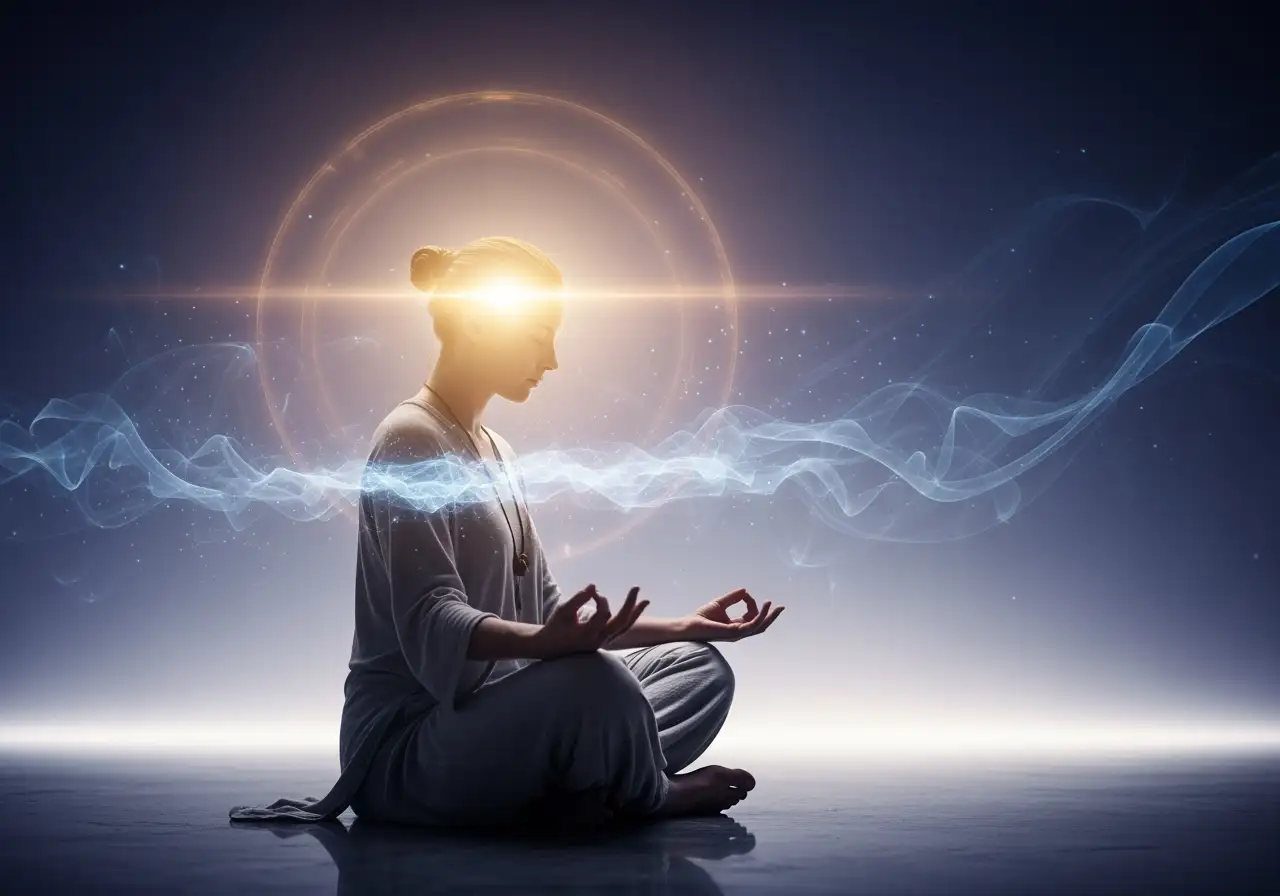The Timeless Self in Quantum Mindfulness
The Timeless Self in Quantum Mindfulness
The profound human quest to understand the self is not a modern phenomenon, but a timeless inquiry woven into the fabric of human history. From the contemplative practices of ancient Eastern spiritual traditions to the rigorous philosophical debates of the Hellenic world, humanity has ceaselessly grappled with the ephemeral nature of identity, consciousness, and the very essence of “I.” The Quantum Mindfulness framework, while a cutting-edge and contemporary approach, stands firmly rooted in these millennia-old explorations, offering a modern, actionable pathway to insights that have resonated across civilizations.
At the heart of Quantum Mindfulness lies a pivotal distinction: that between the “formed content” of consciousness—our fleeting thoughts, transient emotions, and the perceived, solidified sense of self—and the “pre-emergent potential” from which these experiences arise. This fundamental concept directly echoes a profound realization articulated in many ancient wisdom traditions. These traditions understood that our true nature, our deepest reality, transcends the impermanent, ever-changing phenomenal world of subjective thoughts and feelings. They pointed towards an underlying, unmanifest source, a ground of being beyond the tangible.
Consider, for instance, the rich tapestry of Eastern philosophies. In Buddhism, the concept of Anatta, or non-self, profoundly highlights the impermanence and composite nature of what we typically identify as “self.” It suggests that there is no fixed, enduring ego, no unchanging core that persists independently. Instead, what we perceive as self is a constantly shifting aggregation of physical and mental phenomena. This aligns with the understanding in Quantum Mindfulness that the self is not a static entity but an ever-evolving configuration of Psychodynamic Dimensions. Similarly, Advaita Vedanta, a school of Hindu philosophy, speaks eloquently of Brahman, the ultimate, all-pervading reality, and Atman, the true self. It asserts that our individual consciousness, Atman, is not separate but fundamentally one with Brahman, the universal consciousness, transcending all perceived limitations and distinctions. This profound unity implies a boundless potential, an infinite field of awareness beyond the confines of personal identity.
The practice of “being the observer” or “witnessing” thoughts and feelings without judgment, a foundational step in many mindfulness practices, directly descends from these ancient contemplative methods. In the context of Quantum Mindfulness, however, this role of the observer takes on a more active dimension, shifting from passive Witness Consciousness to an engaged Observer-Participant Dynamic. It cultivates the understanding that you are not merely the content of your experiences, but the dynamic space and the creative force in which these experiences appear. This is akin to recognizing the underlying Cognitive Superposition, a probabilistic mental state where multiple possibilities coexist before conscious attention initiates Psychodynamic Wave Collapse, actualizing a specific experience.
Moreover, the Quantum Mindfulness framework’s emphasis on sensing the “raw, unformed energetic stir” before it solidifies into a distinct thought or emotion finds striking parallels in ancient concepts such as the yogic notion of prana, often described as a vital life force or subtle energy. Various spiritual texts speak of an underlying dynamism, a wellspring of potential that precedes the manifestation of our mental and emotional states. In Quantum Mindfulness, this resonates with the initial activation of the Psycho-Volitional Dimension (Pd1), the very source of pure potentiality and primal will, and the Psycho-Conceptive Dimension (Pd2), where raw, unformed concepts begin to coalesce. These are the fundamental energetic substrates from which all subsequent conscious experience emerges within the Prime Modality.
While Quantum Mindfulness employs modern terminology like “pre-emergent field,” “holographic self,” or even the mathematical elegance of a Sigmoid Function to describe the Actualization Process, these terms serve as contemporary metaphors. They bridge ancient wisdom with modern scientific language, making these profound insights accessible and relatable to a contemporary mind accustomed to quantum physics analogies. The core insight, however, remains timeless and profoundly resonant: true freedom and well-being arise not from perfecting a fixed self, but from recognizing and skillfully navigating the dynamic, fluid nature of consciousness itself. It is a fundamental shift in perspective — from being limited by the product (a fixed identity, a solidified emotion, a Constructed Reality) to consciously engaging with the generative process of its emergence.
These ancient traditions were not merely theoretical; they developed sophisticated practices to directly experience these truths. Quantum Mindfulness builds upon this rich heritage, offering a structured and precise approach to access these deeper states of awareness and to intentionally influence the process of reality construction. By understanding the interplay of Mental Quanta and how they collapse into an Experienced Reality, individuals can cultivate greater Cognitive Agency. This framework provides tools like Vectorized Awareness and Patterned Presence, enabling a more deliberate and skillful engagement with one’s internal landscape. It recognizes that while the quest for self-understanding is timeless, the tools to navigate our complex modern lives, filled with constant influx of information and myriad choices, demand a clear, effective, and precise framework to achieve Perceptual Freedom.
By immersing yourself in the Quantum Mindfulness framework, you are doing more than simply learning a new technique or a set of psychological tools. You are actively participating in a timeless human inquiry, an ongoing dialogue between ancient wisdom and contemporary understanding, refined and adapted to empower modern minds seeking profound inner freedom,






